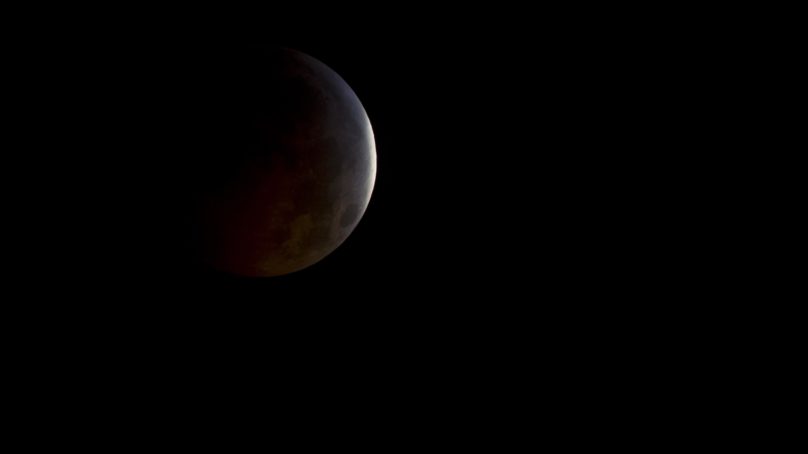
Gazing at the stars in the night sky is beautiful enough, but when a lunar eclipse occurs it really is a rare and awe-inspiring sight. It’s not very often that the sun, Earth, and moon align perfectly on the night of a full moon to create the spectacle of the moon passing directly behind Earth and into its shadow.
To make sure we don’t miss out on any future opportunities, RS Components have created this handy graphic (see below) that details all of the total lunar eclipses we can expect to see over the coming decades.
Did you know the longest eclipse over the next 30+ years will happen this July? The timeline reveals that this eclipse will be visible in South America, Europe, Africa, Asia, and Australia and will occur on the 27th July 2018, lasting 3h55m. Those in central and western Asia will have to make sure they catch it; the next chance they get to see a lunar eclipse will be in 2022 on the 8th November, and this will be the last chance until they see one again until 2025.
The next longest eclipse will be 3h51m but is not for another 18 years. This total lunar eclipse will be visible in the Americas, Europe, Africa, and West Asia on the 7th August.
Fancy chasing the opportunity to see a lunar eclipse in different locations around the globe? The most popular months to spot a lunar eclipse over the next 32 years are January, March, and May, which will all see four eclipses each. Asia will also experience the highest amount of lunar eclipse in coming years, seeing 25 in total. The Americas and Africa are next, seeing 22 eclipses each. Europe follows closely with 21.
Unfortunately for the Middle East, NASA reveals they will only see one lunar eclipse in the next 32 years. They get another chance to spot a partial lunar eclipse on the 17th June 2057, but won’t get to fully experience another total eclipse until 2076, 58 years from now.

About the Author
Vishal Chhatralia is VP of Digital Marketing at RS Components. RS Components have previously been involved in a number of space-related projects including successfully sending a toy Superman into space in collaboration with Mattel, and sponsoring a Warwick University space mission to help them develop a non-satellite to analyse Earth’s atmosphere.
About the Featured Image
A total lunar eclipse is seen as the full moon is shadowed by the Earth on the arrival of the winter solstice, Tuesday, December 21, 2010 in Arlington, VA. The eclipse lasted about three hours and twenty-eight minutes. As the moon moves deeper and deeper into the Earth’s shadow, the moon changes color before your very eyes, turning from gray to an orange or deep shade of red.
Image Credit: NASA/Bill Ingalls


